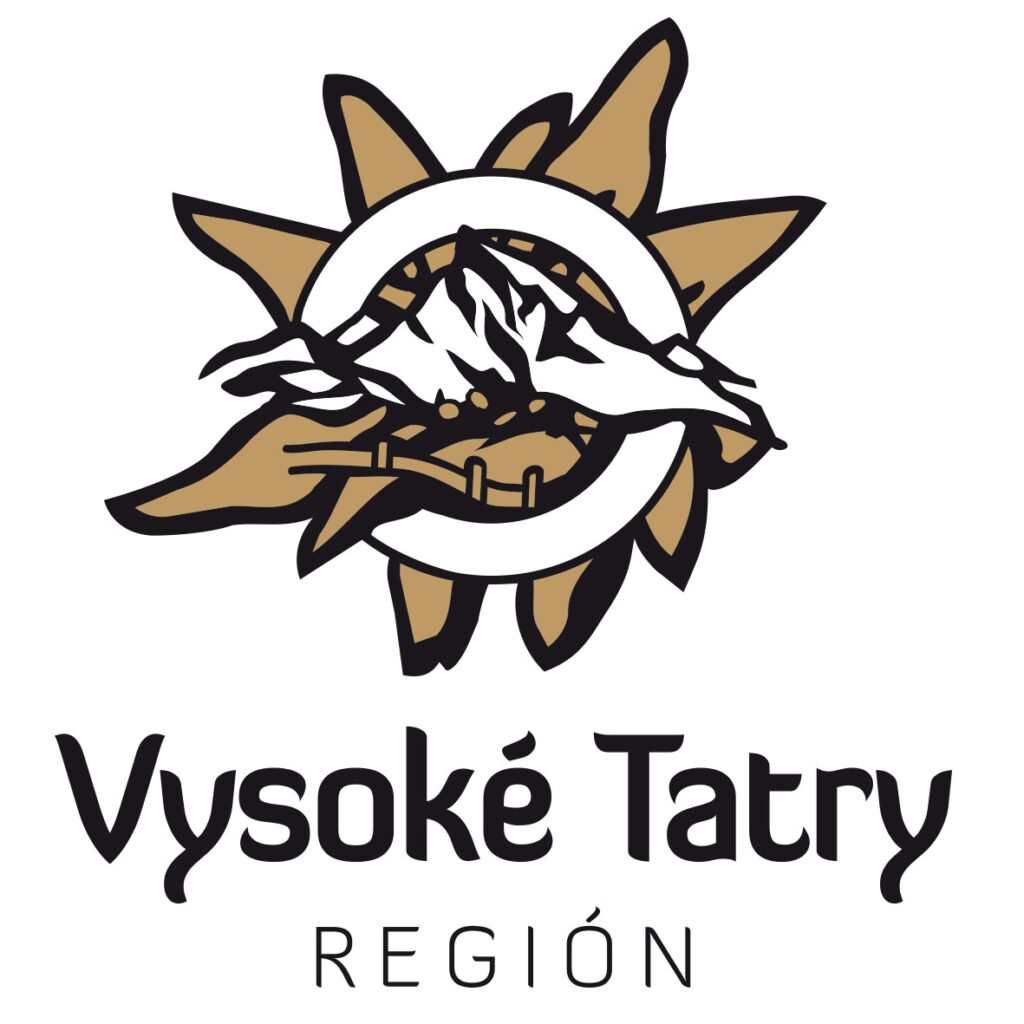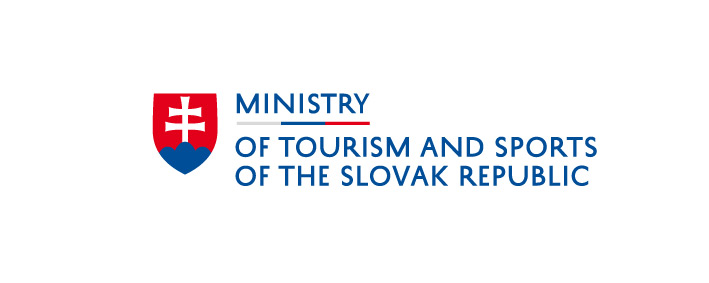The town of Vysoké Tatry stretching at the foot of the highest Slovak mountain range was created by joining 15 Tatra villages. They had been founded as spa villages originally and were visited by patients from all around the world already decades ago. Several medical experts used to work there, but it was mainly the Tatra climate, cold mountain water and natural essences that helped also so-called incurable individuals. Climate therapy – a unique combination of mountain climate and fresh air, which is very simple and accessible for everybody, is the heart of every climate spa treatment.
The Tatras used to be empty in winter
The High Tatras are a popular tourist destination with international significance all year round, but they were only a summer resort for a long time in the past. Count István Csáky was the local pioneer of tourism and had log cabins built for the first mountain visitors near the healing springs of the ferric mineral water at the foot of Mt Slavkovský štít in 1793. This is how he started writing the history of the first Tatra village – Šmeks, i.e. present Starý Smokovec. More and more tourists, climbers, scientists and artists were coming but also patients who were seeking prestigious spas and sanatoriums below the Tatras.
The basic healing elements (that work until today) included: colder unpolluted Tatra air, high sunshine values, forest aromas. Baths with cold water from Studený potok (brook) and dwarf mountain pine essences were practised too.
The spa villages below the Tatras were open only in summer and became empty in winter. It was Mikuláš Szontagh, a doctor, climate therapist and the founder of Nový Smokovec (1875), who contributed to the development of the Tatra region considerably. He studied the healing effects of the cold mountain climate in the Tatras with a high number of clear days and intense sunlight, dry air filled with the forest aroma in a beautiful embrace of the mountains and with higher altitudes where the atmospheric pressure is lower. And he found out that these are the ideal conditions to treat respiratory diseases all year round. So he was the first in the Hungarian Empire to introduce treatment stays in winter, which ended the era of the Tatras as a summer destination in 1882. At first, he didn’t have a lot of supporters and brave souls who would be willing to spend the winter months in the Tatras too. But today, we cannot imagine depopulated villages in winter anymore.
A new treatment concept below Mt Kriváň
The situation was the same in Štrbské Pleso. Chamois hunters, poachers and treasure hunters were later replaced by visitors longing for relaxation and health in the beautiful environment of the Tatras. The foundations of the Štrbské Pleso village (1871) were laid by Jozef Szentiványi and the first buildings prepared the birth of the spa tradition at the banks of the tarn at the foot of Mt Kriváň too. Popular dwarf mountain pine baths with water pumped from the tarn were offered in new facilities that were built. The offer included tin baths with showers, cubicles and boiler rooms to heat water. At first only in the summer season, later all year round. An enclosed natural lido on the cold water surface was most popular (1883). Physical activity performed in clean Tatra aid worked like active climate therapy already in those days. The spa facilities were used by patients suffering from anaemia, Basedow’s disease and asthma. But also athletes and tourists enjoyed the beneficial effects. The atmospheric pressure similar to that in the Alps (3,000 m a.s.l.) attracted a lot and that’s one of the reasons why Štrbské Pleso is visited by athletes from all around the world until today. In the embrace of beautiful nature rich in fragrant essential oils, patients with respiratory diseases and various allergies were recovering in medical and spa facilities. The treatments were well-known even abroad. New hiking trails that are familiar to present-day tourists were created. The trail running to Popradské pleso (tarn) (1883), below Mt Kriváň (1885) and Pleso nad Skokom (tarn above the Skok waterfall) (1899) in Mlynická dolina (valley) supported the idea of climate therapy together.
A bit lower near Štrbské pleso (tarn), another recreational area was being created. New Štrbské Pleso started to bloom under the supervision of its owner Karol Móry. He had swamps changed into an artificial lake and then a hotel and a lookout tower built at an elevated place at the bank. The later owner – Ján Móry served tea and fresh cakes to guests in fresh air while they were admiring the peaks of the Tatras.
After WWI, traditions were restored again. A climate treatment expert joined the team of a new state spa with a hotel. Doctor Ján Pullman, the husband of well-known poetess Máša Haľamová, with whom he lived at the tarn bank in the present Vila Marína already in 1946, introduced his own climate therapy concept. He was among the first to speculate about treatment programmes for children that hadn’t been offered in the Tatras before. Thirty years later, his plans became reality in the form of the Helios sanatorium, which was open until 2005.
Climate therapy as the basis of development
The villages in the whole High Tatras started off by offering spa services. Most owners and managers realised already at the beginning that it’s worth continuing with the trend of Starý and Nový Smokovec. There were more and more people longing for health and peace of the Tatra forests. In Tatranská Polianka at the beginning of Velická dolina (valley), the development started at a truly high speed (1884). Next to a local gamekeeper’s lodge, a hunter’s cabin was built, then three more buildings were added and later a climate sanatorium in 1902. It was run by young doctor Michal Guhr. He used mainly climate therapy, water therapy and electrotherapy methods when treating people. There were patients suffering from nervous and respiratory diseases and thyroid issues. After WWI, the treatment of tuberculosis was very frequent and replaced dwarf mountain pine and arolla pine baths also in the High Tatras. Supervised by Prince Hohenlohe, the region started to be managed by the state and small buildings were replaced with the biggest sanatorium in Central Europe. Therapeutic methods still stayed in harmony with the Tatra environment. Relaxation in clean air and warm mountain sun all day long was a special bonus for patients of all spas and sanatoriums in the High Tatras (Nový Smokovec, Tatranská Kotlina) and the architecture of buildings was adapted too. All south-facing balconies offered healing sunrays from morning till evening and do it still today.
Natural medicines
The character of the Tatra villages (former state climate spa facilities), the range of offered services and the clientele have changed in the course of hundreds of years, but the healing mountain climate has remained the same. Although the villages don’t serve as spas only anymore, the High Tatras are still sought after mainly by patients with respiratory diseases, metabolism disorders and mental diseases. The beneficial effects of the mountain air were proven also when treating post-COVID issues (breathing problems, coughing, fatigue…) from which about 30% of the population suffers after overcoming the disease.
Heliotherapy, i.e. treatment with warm mountain sun is popular on sunny days. In Tatranská Kotlina, there is the only accessible cave in the region – Belianska jaskyňa, where speleotherapy is practised, i.e. a time and tested method that uses the unique features of the underground and the power of aerosol which is present in caves to treat chronic and allergic respiratory diseases.
The Tatras offer various areas with high amounts of negative ions (anions) in the air which calm down the nerves and regenerate the cells. They help us relax in the fresh air in forests or at waterfalls where we feel balanced, healthy and have no headache thanks to their higher concentration.
When you go to nature next time, don’t forget not only to enjoy beautiful views but also to perceive every breath of the fresh Tatra air that has healing effects proven for several centuries and the warming rays of the mountain sun.







